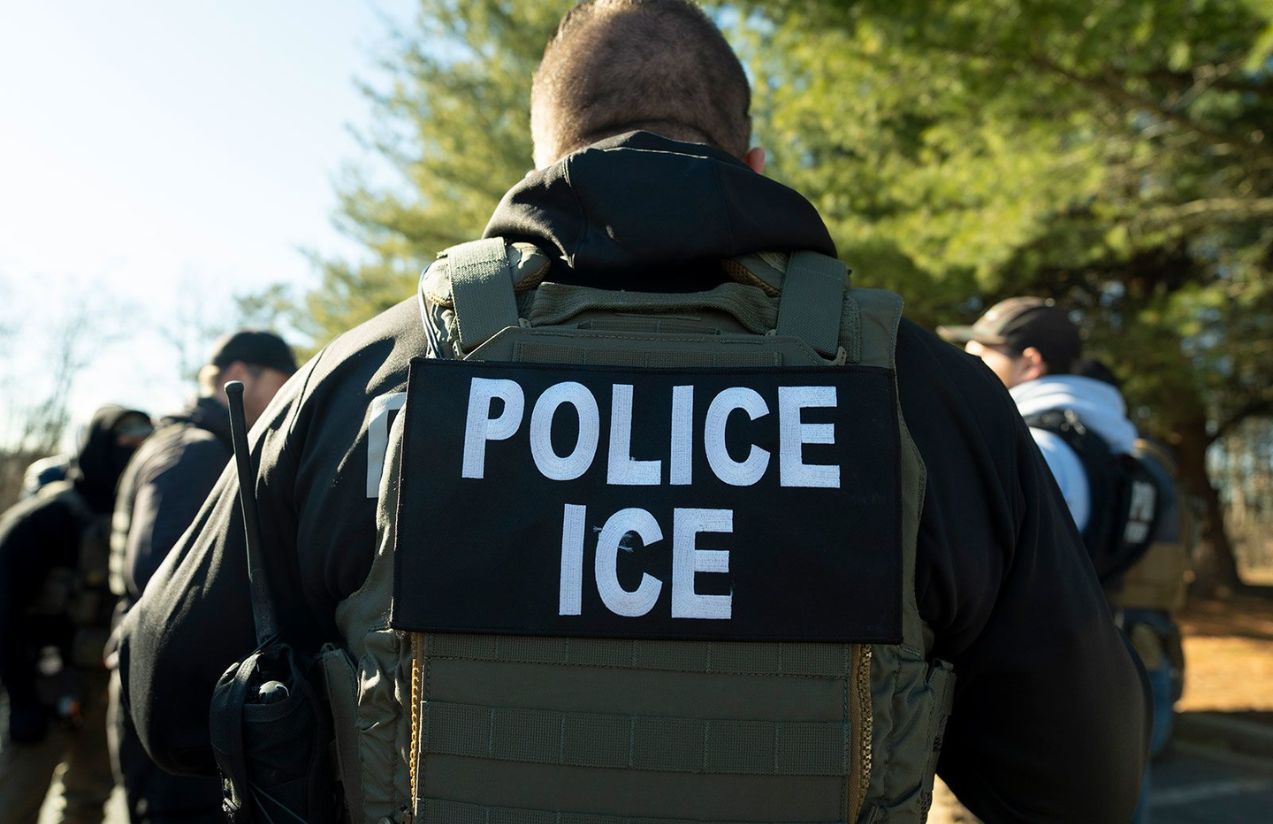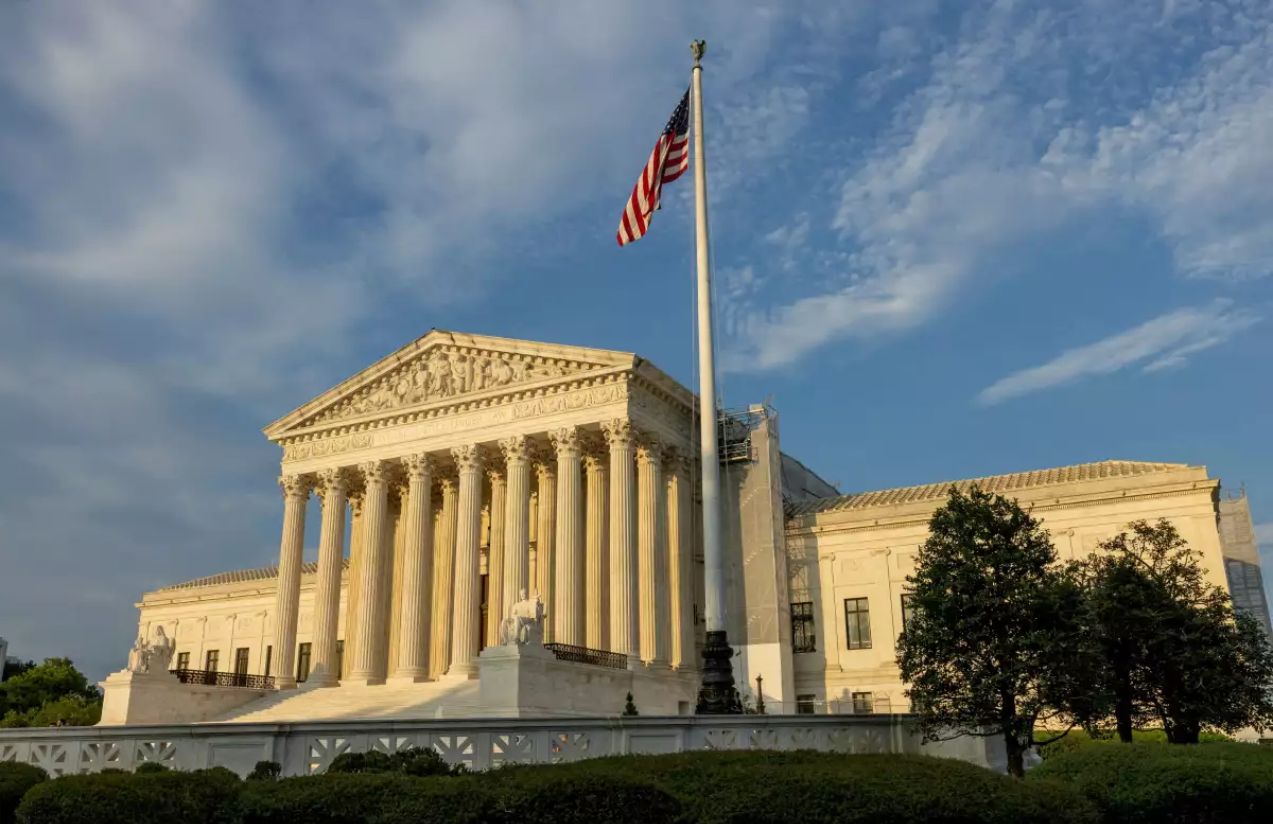The United States Supreme Court has issued a decision allowing Immigration and Customs Enforcement (ICE) to resume immigration operations in Southern California, lifting restrictions previously imposed by lower courts. The earlier order had prohibited detaining individuals based solely on appearance, language, employment, or location—criteria that could be considered racial profiling, and had applied to seven counties in the region.
The ruling, adopted by a 6–3 majority in an emergency proceeding, did not include a detailed explanation. However, Justice Brett Kavanaugh authored a concurring opinion, arguing that the factors considered “in their totality may constitute reasonable suspicion” to justify a brief detention.

The dissent was led by Justice Sonia Sotomayor, who warned that the decision opens the door to discriminatory practices against Latinos and other communities, all in the name of immigration enforcement.
Why is this ruling so controversial?
Because, according to critics and civil rights advocates, it legitimizes ethnic profiling by allowing ICE to focus its operations on individuals who appear Latino, without requiring sufficient legal grounds, potentially weakening constitutional protections in areas with large immigrant populations.













